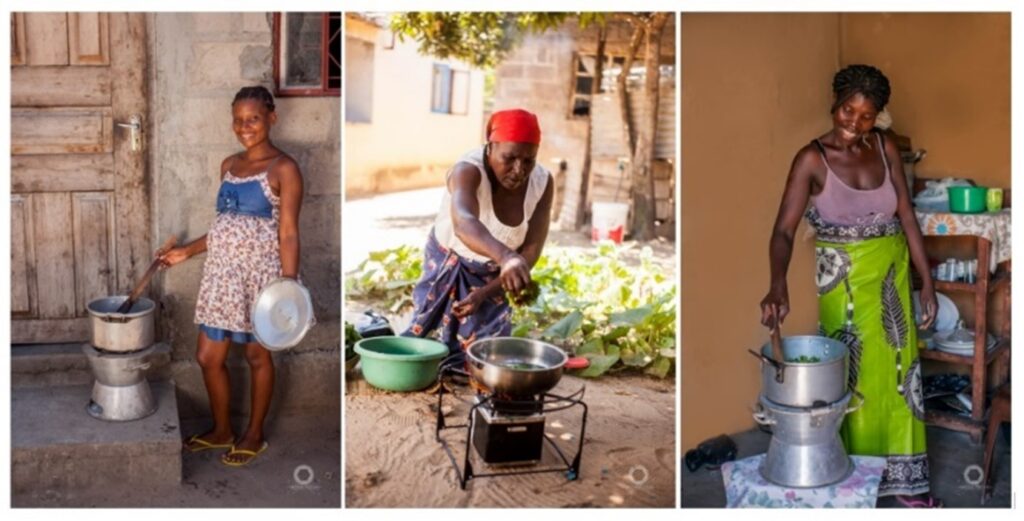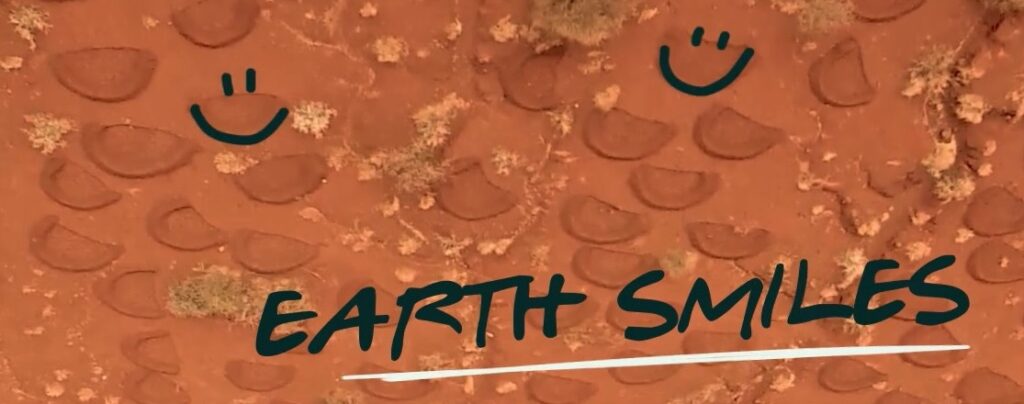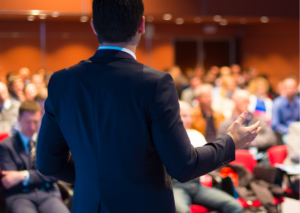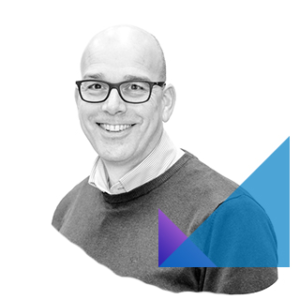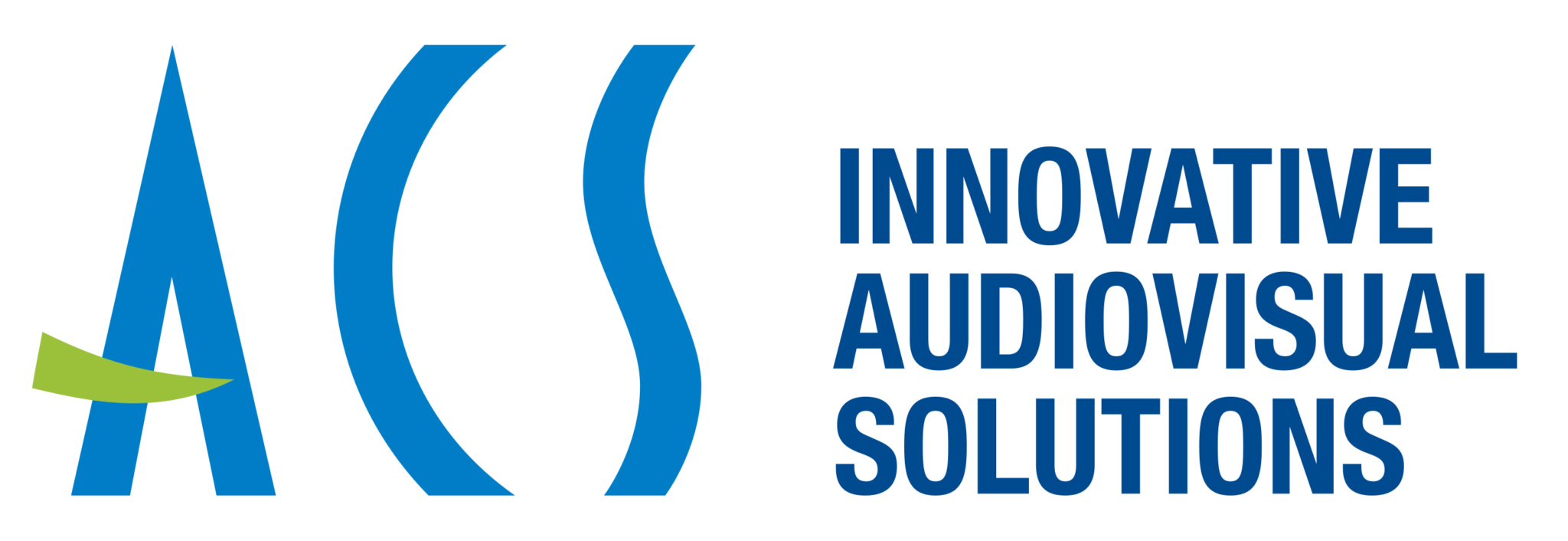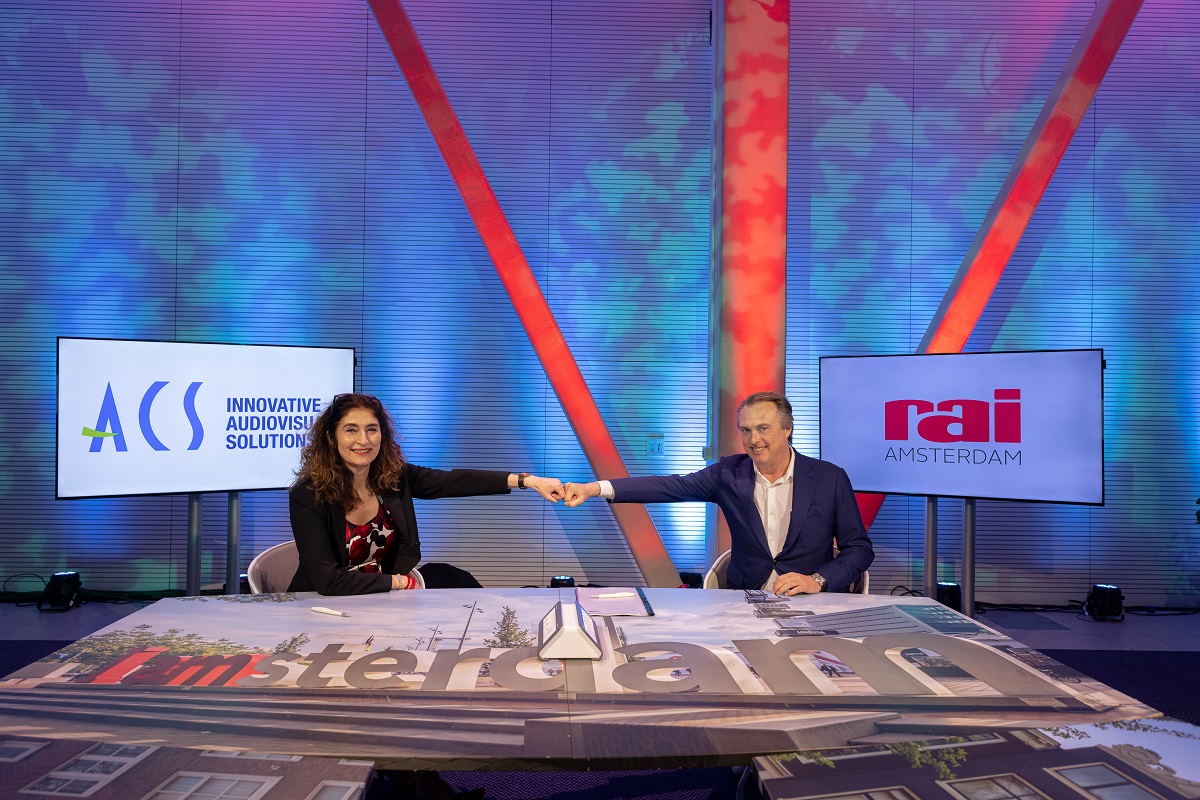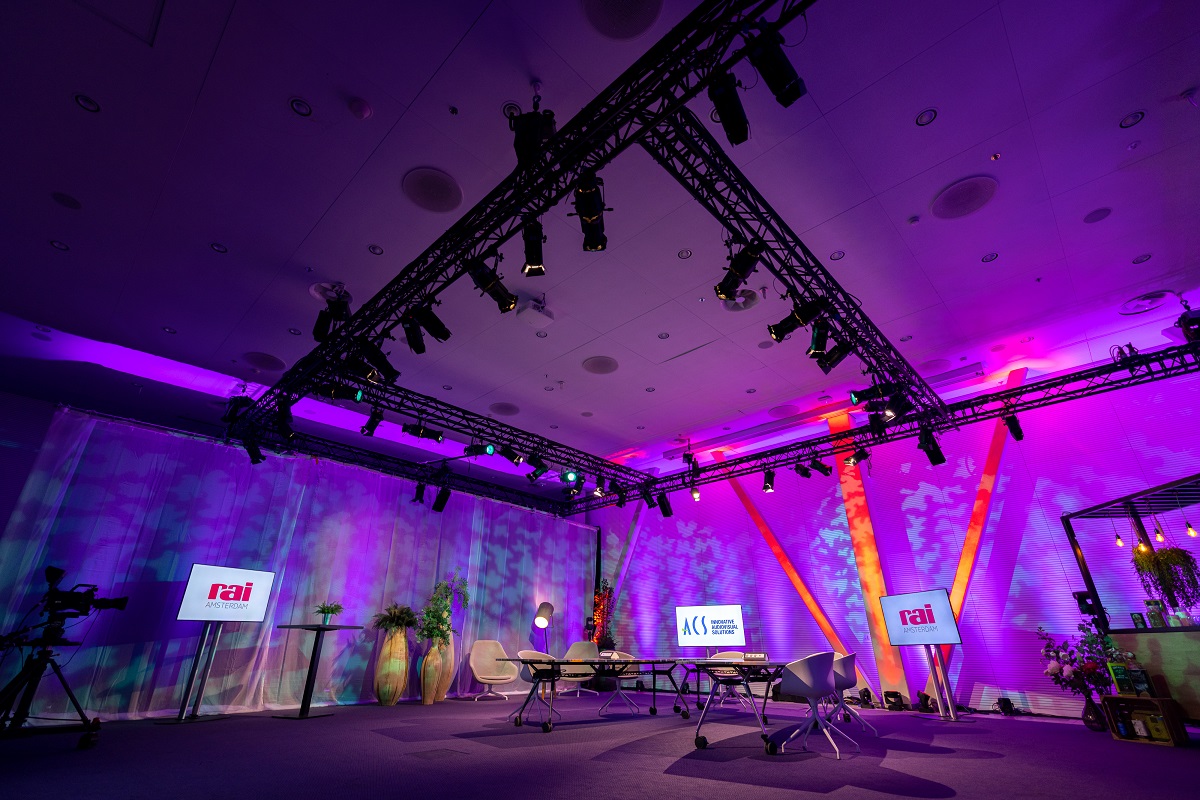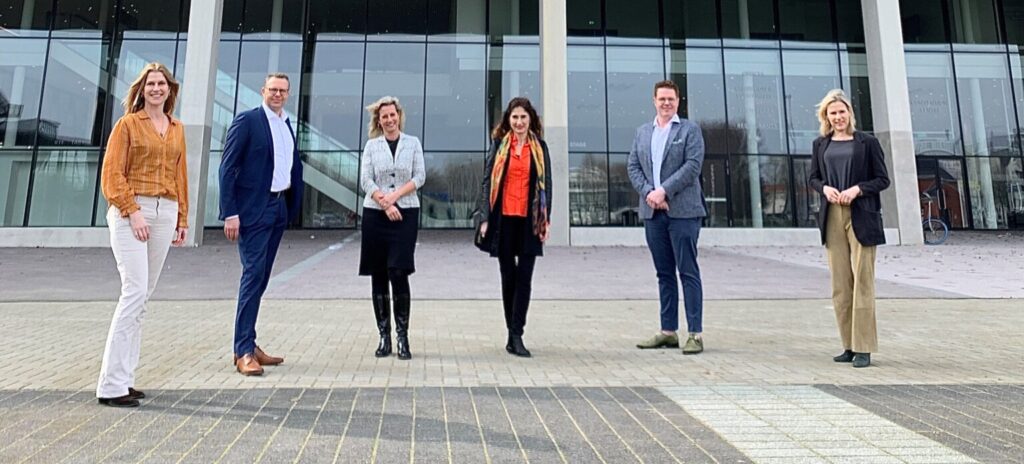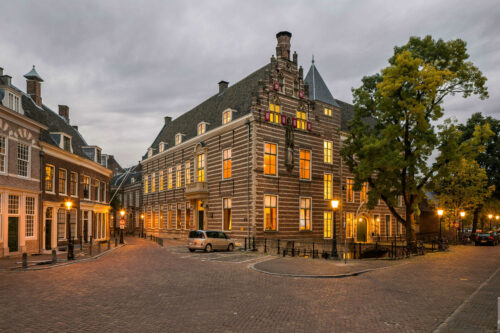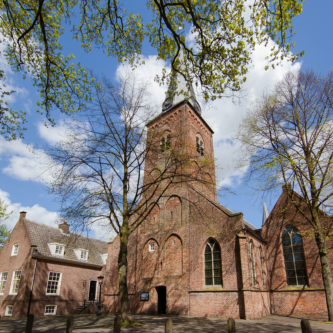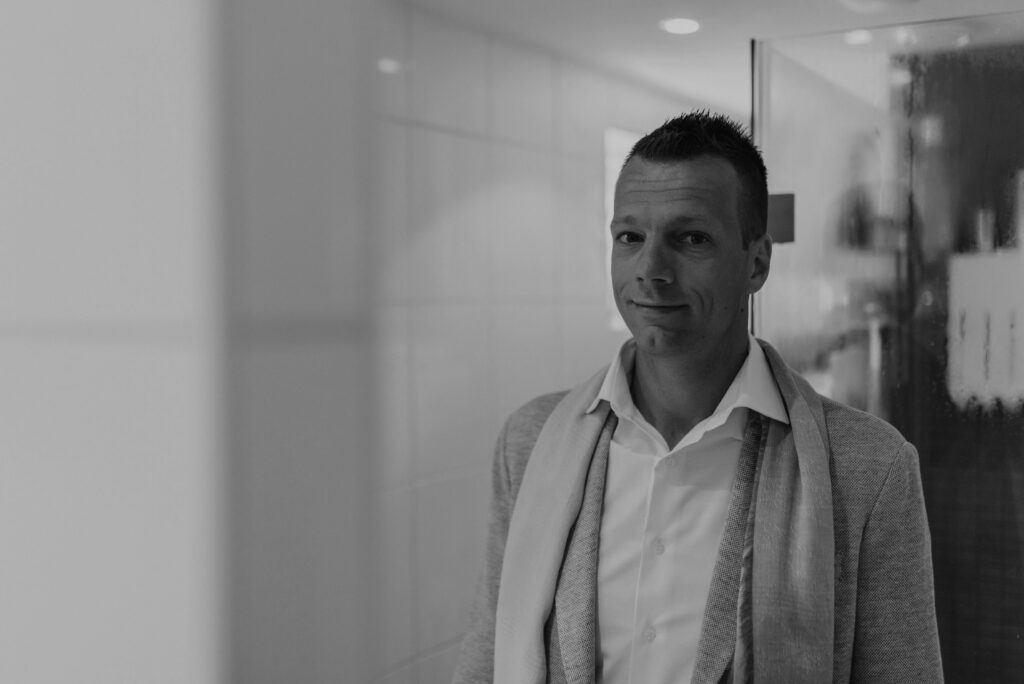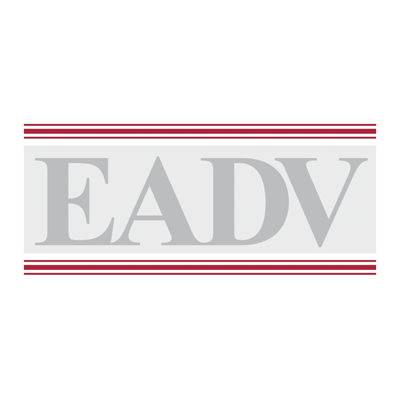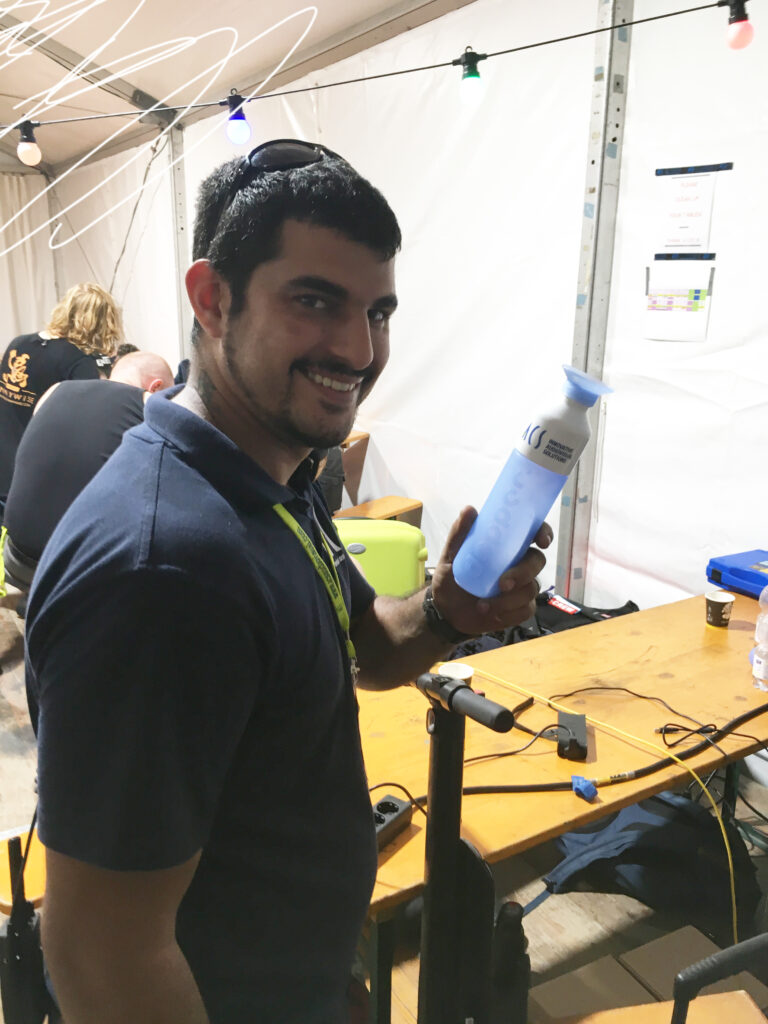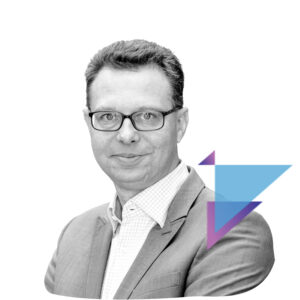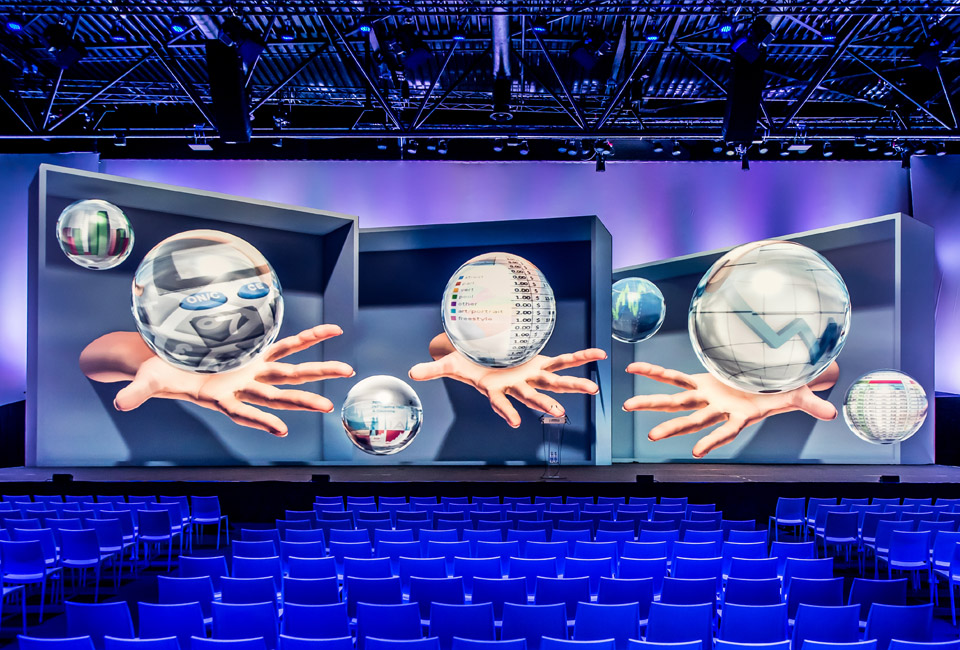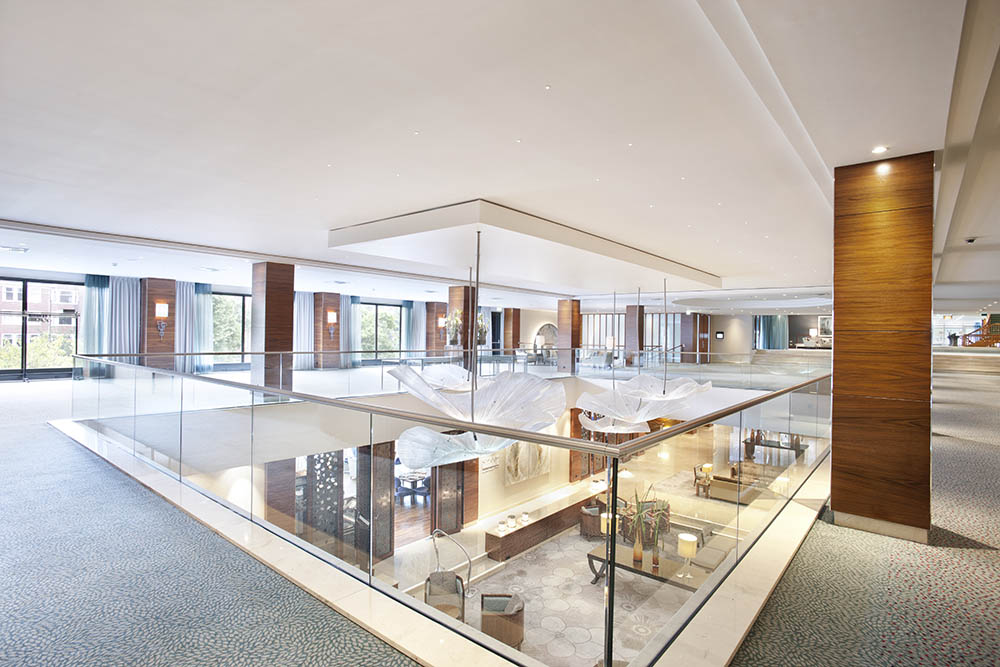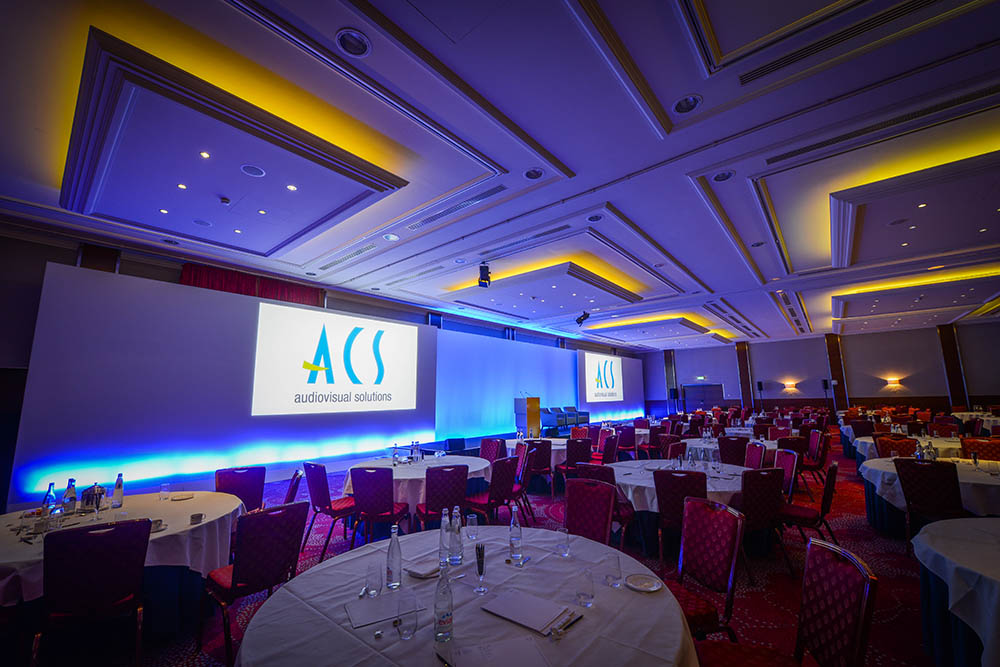1. What did you do before you started working at ACS?
Before this I worked as a self-employed person/freelancer in the event industry. In addition to providing technical services, I produced various video productions. I really liked the variety, one week I was at a festival and the other week I was editing in a room.
2. Which three qualities make you a good Floormanager?
That is a difficult question to answer. I feel my colleagues and the freelancers are in better position to judge that. They can undoubtedly best indicate in which area I am still able to grow.
In general, I think a good Floormanager is someone that is a good leader in various aspects. They must be able to keep an overview of the project, provide the right information to the people within the team and be decisive when making decisions.
3. What is the main reason you came to work for ACS?
It was a career opportunity for me working with professional colleagues, the high-end equipment that ACS has at its disposal and being able to grow in a healthy company. ACS has a large warehouse, and offers you the opportunity to develop your knowledge and skills during quiet periods. At the same time you have to (sometimes under pressure) deliver in practice. I think If you can accomplish both those aspects together with talented and passionate colleagues, you are in a privileged job.
4. What does an average working day look like for you?
Again a difficult question, because my work consists for 50% of office work and 50% on location / production. In the office my main tasks are carrying out technical inspections and creating numerous schedules for personnel and production. With production planning you think about which discipline should take place and in which order. I think of logistical processes such as when the carpet must be placed, and when the chairs can be delivered. On location it mainly depends on the size of the production.
Finally, I am also active in the works council and I coach various colleagues with their personal development within the organisation. In short, no two days are the same and that really appeals to me in this position.
5. Where do you get the most satisfaction at work?
The great thing about our work is that every production is a new challenge. We approach every assignment as a first chance. Even when we repeat a previous setup, there are always things that we can optimise. This way we keep ourselves sharp. This is what I feel that gives me the most satisfaction.
6. What is the most challenging project you have faced at ACS so far? And how did you approach this?
Satisfaction, for me, is not always in the final product, but more often than in the process prior to it. After all, my work must ensure that everything runs smoothly. Nevertheless, with a tight and realistic production schedule, there are always unforeseen challenges lurking. So, as a floor manager, it is up to me to keep an overview, as well as to monitor the planning, all this while making time schedule adjustments.
An example where such a self-devised strategy went smoothly for me was at ECTRIMS 2019. Here, we had to set up a room for 4,000 people with 19 projectors in one and half days. The challenge was mainly in the limited construction time. Proper preparation was therefore crucial and together with colleagues from the pre-production planning, we were able to prepare the video schedule down to the last detail, allowing for less time to be spend on this onsite.
On-site we subdivided our crew into four teams and our decision was to let them work in shifts. All this resulted in a good production that was delivered on time. A great achievement for the entire team!
7. What is your best memory of ACS so far?
Our work is sometimes hectic and stressful. There is nothing better than relaxing together after a job. This can go on late and be fun, nevertheless, of course only when the work schedule allows for it?
8. Why would you recommend working at ACS?
In addition to working in an incredibly fun industry, the freedom and development opportunities within ACS are very attractive.
9. What makes you very happy outside working hours?
Besides visiting friends and family, I like to play outside and kite-surf. That is the ultimate down time for me.
10. What else do people really need to know about you?
That I suffered from stammering as a child. This even happens to me sometimes to this day, especially when I am very enthusiastic, nervous or a little tired.
